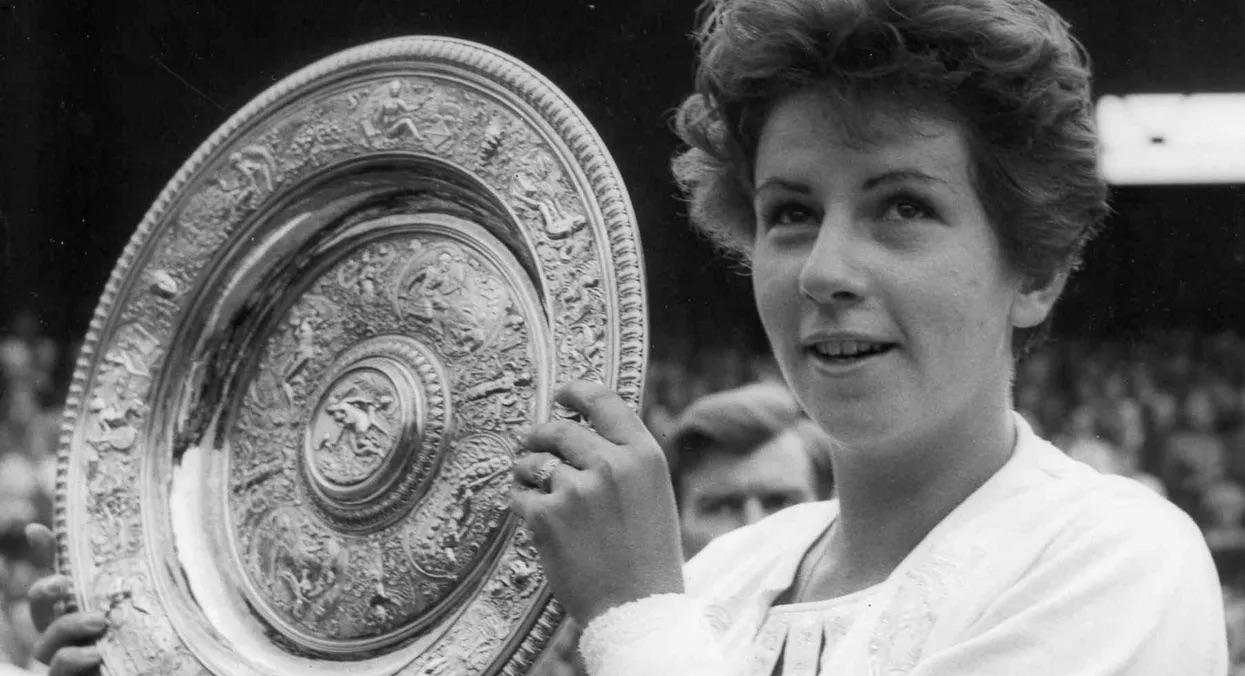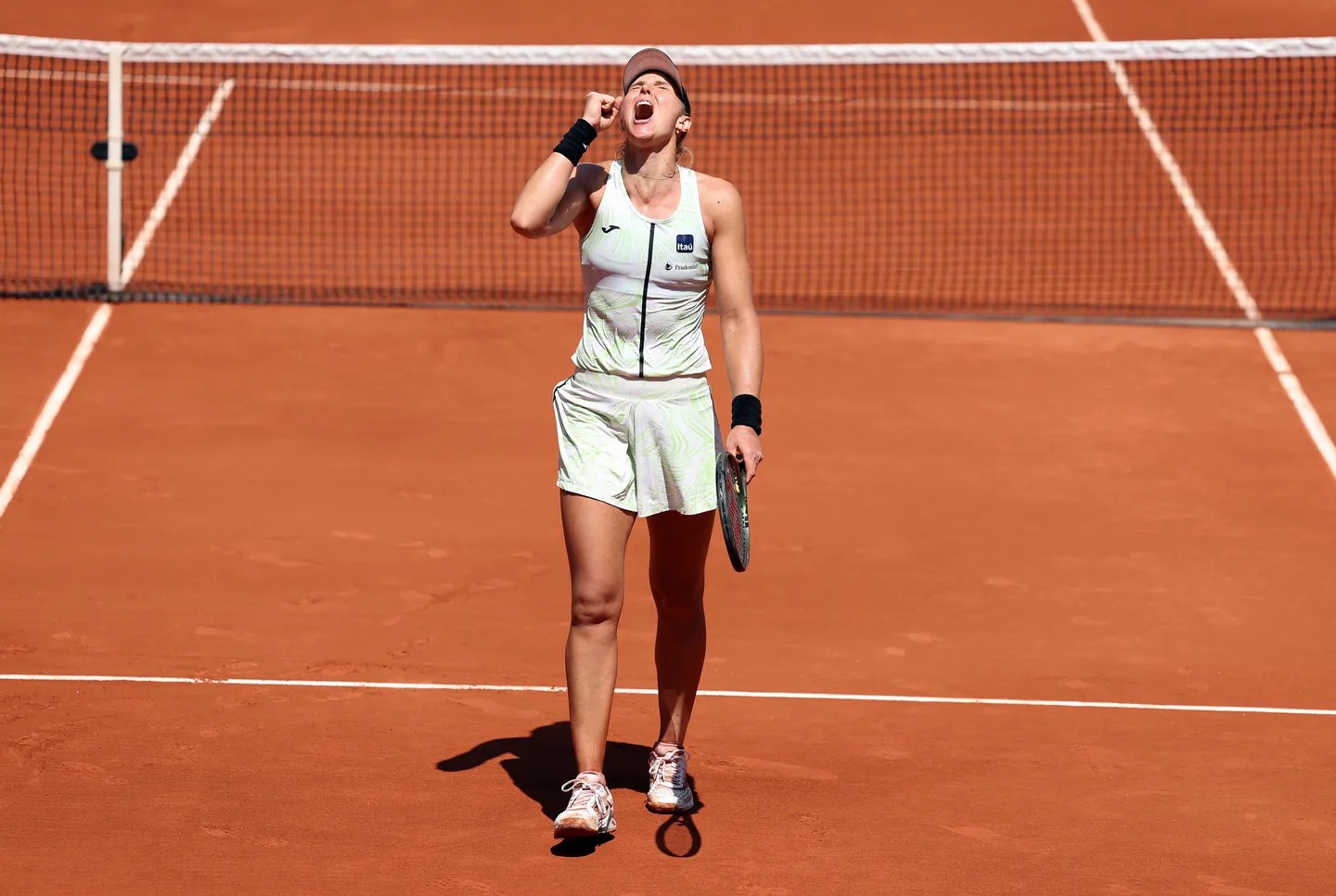PARIS – Brazilian women’s tennis is no longer just about Maria Esther Bueno when it comes to major milestones: by reaching the semi-finals at Roland Garros, Beatriz Haddad Maia on Wednesday became the first player from her country in 55 years to reach the last four at a Grand Slam tournament. And, in the process, she is taking ever firmer steps to step out of that shadow of Ayrton Senna and Gustavo Kuerten that she feels covers her.
“At the beginning of the tournament my goal was to reach the third round. I had never won a second round in a Grand Slam,” said the 27-year-old Brazilian after defeating Tunisia’s Ons Jabeur 3-6, 7-6 (7-5), 6-1 in a match she came very close to losing.
“I remember when I won and got through to the third round, I said to myself ‘well, now I have a new goal’. And when we are eight in the quarter-finals there we all play well, so everyone has reason to believe.”
Haddad Maia, ranked 14th in the world, has reason to believe. She enjoys like few others getting to the defining moments of a set, let alone reversing developments in which she seems doomed to defeat.
“For me the pleasure is to be fighting the four of a kind in the third,” she told CLAY months ago during an interview. “Resilience is one of my best qualities.”
The Brazilian is not missing the truth. In this tournament she was match point down to Russia’s Ekaterina Alexandrova, 7-6, 3-0 down to Spain’s Sara Sorribes and very close to losing to Jabeur on a hot and humid midday in Paris. She reversed the deficit in all three games, and will face Poland’s Iga Swiatek on Thursday for a place in the final.
Should she make it, should she reach the final, Hadad Maia might start to forget something she told CLAY in that interview: “In Brazil, if you’re not Guga or Ayrton Senna, you’re not enough.
“If you’re not the world champion, you’re not enough, then you always have the feeling that people expect more from you.”
The Brazilian’s career was not an easy one. In July 2019, the International Tennis Federation (ITF) suspended her for ten months after detecting two anabolic steroids in a drug test. Haddad Maia’s defence claimed “human error” on the part of the vitamin supplement supplier. The Brazilian underwent four surgeries during her career.
“I had to stop six or seven times in my career for months and start again. Also, I was a year off the tour, so it’s not easy to maintain the level and improve the tennis when we are always coming back. But my team works very hard, and they are young people who dream the same as me. So I think that’s why we’re having our best moments now.”
So good, that you have to go back to the 1968 US Open to find a Brazilian in the semi-finals of a Grand Slam: Bueno. And so good, of course, that it was also her, Maria Esther Bueno, who had last reached the semi-finals in Paris in 1966.

Haddad Maia has a remarkable way to go to match Bueno, who in 1959 and 1960 was considered the best tennis player in the world.
A four-time US Open and three-time Wimbledon winner, Bueno was the greatest tennis player Latin America has ever produced, and Haddad Maia will most likely never add up to as many achievements. But she already has one: Brazilian women’s tennis is back on the rise.
Bueno did not win Roland Garros, where she was a finalist in 1964, nor did she win Grand Slam titles in the open era of tennis, which began in 1968. That is in the hands of Haddad Maia.
Kuerten did, however, in 1997, 2000 and 2001. Beatriz Haddad Maia is two steps away from equalling that first title. Senna’s three world championships in Formula 1, on the other hand, are a different matter, although the Brazilian is increasingly accelerating in tennis.









